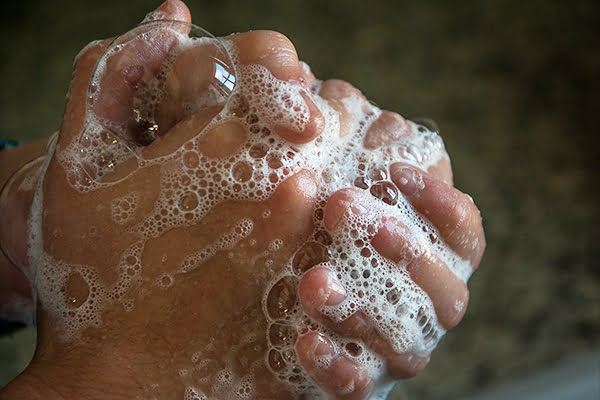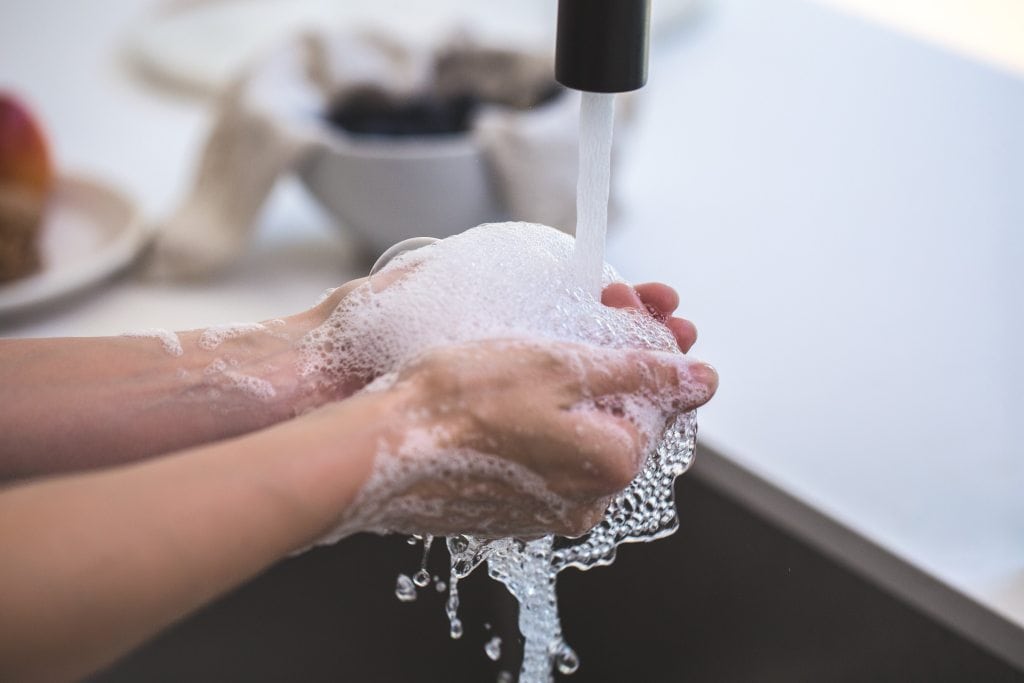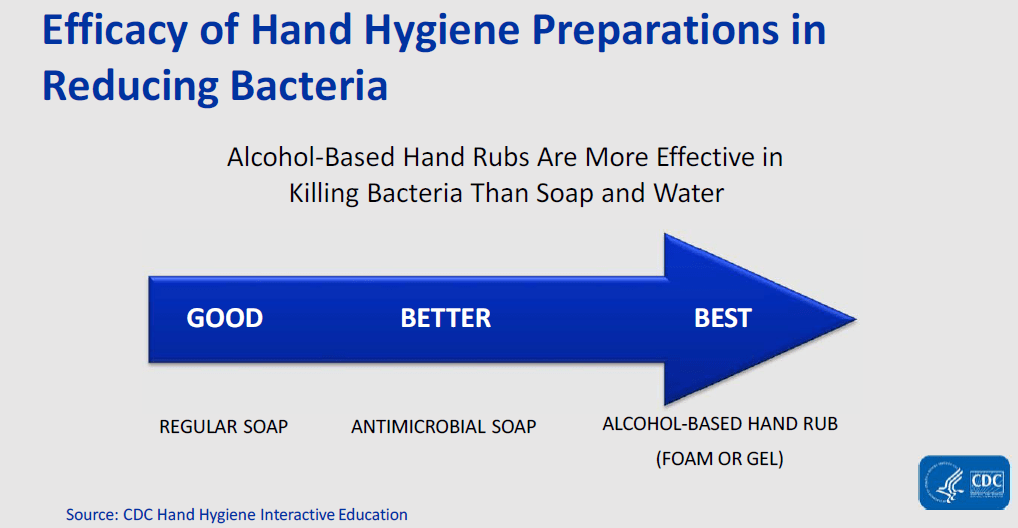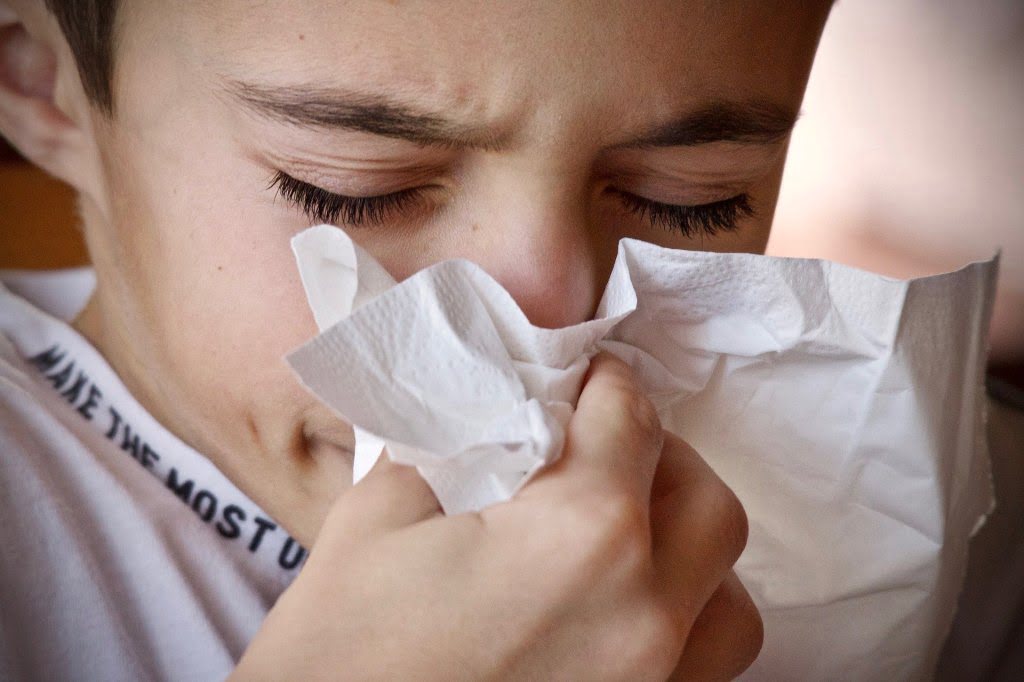
Most people in Australia are at minimal immediate risk of contracting the virus. However, it is important to stay up to date as the situation evolves and to practice proper hygiene to help minimise the risk of exposure.
Important things to know about the Coronavirus
- If you have a respiratory illness, it is more likely to be a common cold than the Coronavirus.
- HOWEVER, anyone experiencing symptoms of respiratory illness (i.e., coughing, sneezing, shortness of breath and fever) should avoid contact with others.
- Frequent and thorough hand washing is a cornerstone of respiratory illness prevention.
- Because this strain of Coronavirus is new, no vaccine or specific treatment exists yet. Healthcare providers are instead treating the symptoms: acetaminophen to reduce fever, lozenges and other treatments to soothe sore throats.
Three Modes of Transmission
1. Contact Transmission
Direct transmission: transfer of microorganisms from one infected person to another person
Indirect transmission: transfer of an infectious agent through a contaminated intermediate object or person (e.g. handshakes, desk and office equipment, etc.)
2. Droplet Transmission
Transmission of pathogens through close respiratory or mucous membrane contact with respiratory secretions.
3. Airborne Transmission
Transmission of infectious agents that remain infectious over long distances when suspended in the air.
Practicing Proper Hygiene
When it comes to proper hygiene, there are two key areas to focus on: hand hygiene and respiratory hygiene.
Hand Hygiene

Hands are the most common mode of pathogen transmission. The term “hand hygiene” includes both hand washing with either plain soap or antimicrobial soap AND using alcohol‐based hand rubs that do not require the use of water.
When to perform hand hygiene
- When hands are visibly soiled
- After bare-handed touching of contaminated instruments, equipment, materials or other objects likely to be contaminated by blood, saliva or respiratory secretions
NOTE: Avoid touching your face after touching potentially contaminated objects or surfaces.
Hand washing technique
- Wet hands with water, apply soap and rub hands together for at least 15 seconds (do not forget the webbing between fingers, underneath fingernails and wrists).
- Rinse hands and dry completely with a disposable towel.
- Use towel to turn off faucet.
Using an alcohol‐based hand rub
- Apply to palm of one hand and rub hands together, covering all surfaces until dry.
- Use amount recommended in manufacturer’s instructions.
- Do not use if hands are visibly soiled.
What is the most effective hand hygiene technique?
The table below shows that using an alcohol-based hand rub is the most effective means of killing bacteria. However, it is recommended that you wash AND/OR sanitize your hands often.

Respiratory Hygiene

According to the CDC, there are certain rules of respiratory hygiene and cough etiquette that should be followed to minimize contamination and the spread of a virus.
Cough etiquette: Measures to contain respiratory secretions
- Cover mouth and nose with a tissue when coughing or sneezing.
- Use the nearest waste receptacle to dispose of tissues immediately after use (preferably a no-touch trash bin).
- Perform hand hygiene after having contact with respiratory secretions and contaminated objects or materials (always wash/sanitize your hands after coughing/sneezing).
Perhaps the most important method of preventing the spread of infections is through MITIGATION. Therefore, people with symptoms should be encouraged to work from home or take a sick day.
What steps can you take to protect yourself from the Coronavirus and other infections?
Wearing masks in public spaces has become a popular infection control strategy. People can be seen wearing masks in airports, universities and hospitals, especially during flu season.
Do they help?
The CDC recommends hand washing as the main prevention strategy. Wearing a surgical mask to prevent illness is a personal decision. However, if you do choose to wear one, please ensure that the mask is worn, handled and disposed of properly.
